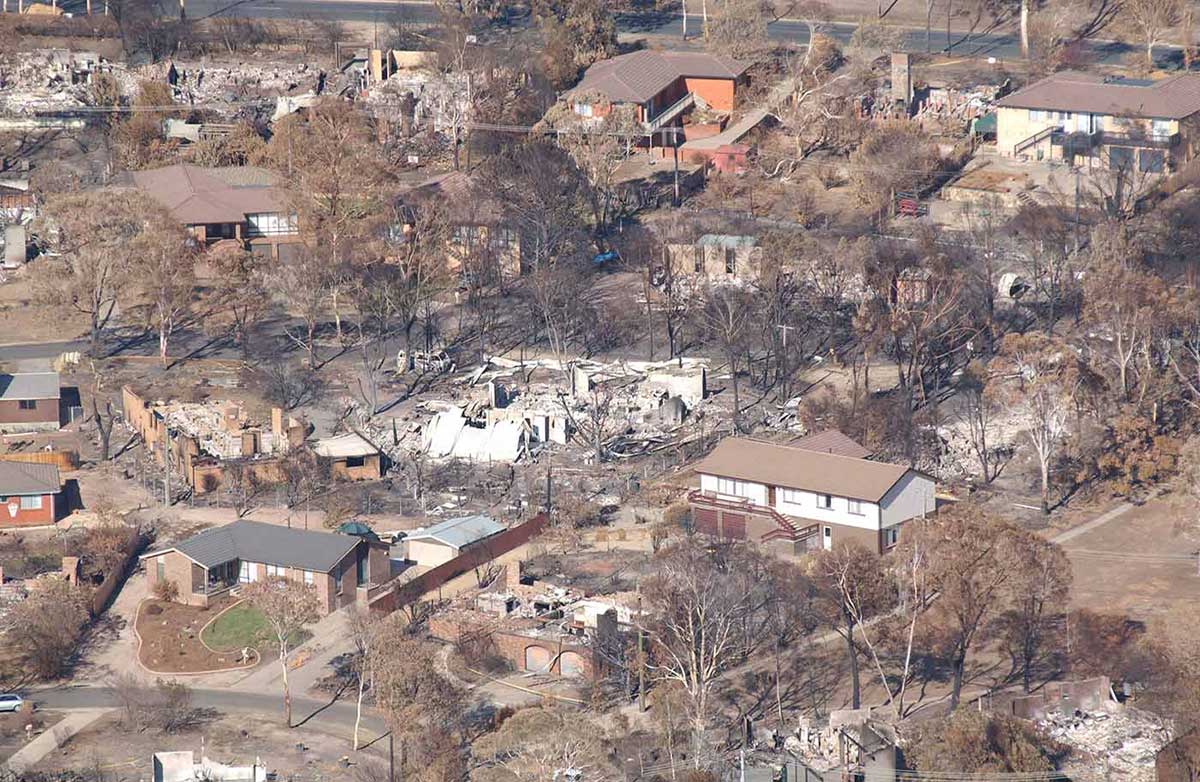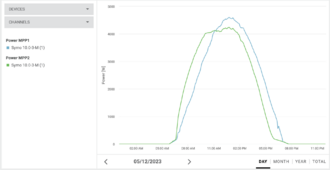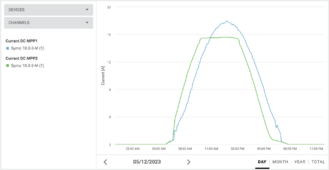For multiple orientations, each evaluated separately on an insolation calculator would give kWh/day for various seasons.
If fed to multiple inverters, after applying efficiency losses those numbers should be valid. Peak output is expected to be less than sum of peaks, but during times of reflected light from clouds maybe both inverters put out their maximum (for AC current and breaker size calculations.) By trig you could estimate likely peak power from area presented to sun.
If fed to multiple MPPT of a single inverter, total power limited to inverter output, each array performs according to insolation calculator.
If different orientation strings are paralleled onto a single MPPT (strings should be same voltage), I've read a test showed 2% reduced kWh compared to separate MPPT because not exactly at Vmp. More hours of production, so better utilization of hardware from my point of view.
Efficiency of MPPT and inverter will vary with PV voltage and watts being processed. The difference between 98% and 99% isn't very significant in terms of production, but it is 2x difference in power dissipated in inverter and temperature rise, which shortens life.






